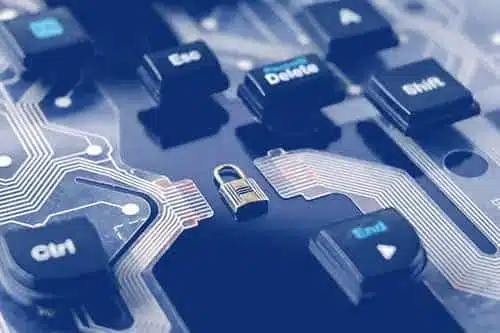Why Enterprise IT Needs the Right to Repair
March 19, 2025
3 min read
March 19, 2025
3 min read
If you have paid for servers, computers, or software for your business, do you own them?
The answer isn’t as clear as you think.
“The premise is simple,” Origina CRO Shannon Mahaffey said in a recent interview with BrokerBin Insights. “If you bought hardware or software, you own it. So, logically you think you should have full choice and capability to replace and repair whatever and by whomever you want.”
Mahaffey also discussed how the Right to Repair can benefit enterprise IT on many levels and why OEM policies and needless upgrades are contributing to the rise in global e-waste.
“The OEMs think differently about that. They’ve put in a series of [barriers] to protect intellectual property, but it’s gotten out of hand,” Mahaffey said. “Some of these actions include end-of-support and end-of-life policies. This seems ridiculous and self-serving.”
Mahaffey believes in the importance of putting a stake in the ground and saying, “we can do this better.”
Work is already underway on both sides of the Atlantic regarding Right to Repair. Initially, the focus was on consumer electronics, appliances, automobiles, tractors, and even ice cream machines at McDonald’s.
Similar campaigning in the world of enterprise IT was relatively slow to follow, but that’s being addressed now by organizations like Free ICT USA, a nonprofit that promotes the information and communications technology (ICT) secondary market in the United States.
It’s no secret that demand for minerals is skyrocketing. Indeed, a recent report has found that it’s doubled in the past five years, as lithium, cobalt and nickel are sought for green technology, enterprise IT, and AI. Plastic is also at a crisis point. We are at a huge disparity between recycling plastic and producing new plastic. In fact, 350 million tons of plastic are produced per year.
Simultaneously, we are throwing hardware into landfill sites before we’re repairing or upgrading it.
“It’s generating a tremendous amount of waste,” said Mahaffey. “Here’s an example. It’s not just the new phone in the house, it’s 30 million phones, or 70,000 servers in a worldwide organization. These are massive numbers, and it has a cost for the planet in terms of waste and production. And, as we know, it’s a finite world.”
While the situation is sobering, there is hope. Communication is an important step.
Mahaffey and Free ICT USA recommends:
For more information on Right to Repair and other issues facing the ICT community, visit the Free ICT USA website.
Gain insight into industry-only news, access to webinars, tips and tricks, blog posts, podcasts, and guides, surrounding topics like cybersecurity, reducing software support and maintenance costs and much more, all delivered to your inbox each month.
LEARN MORE